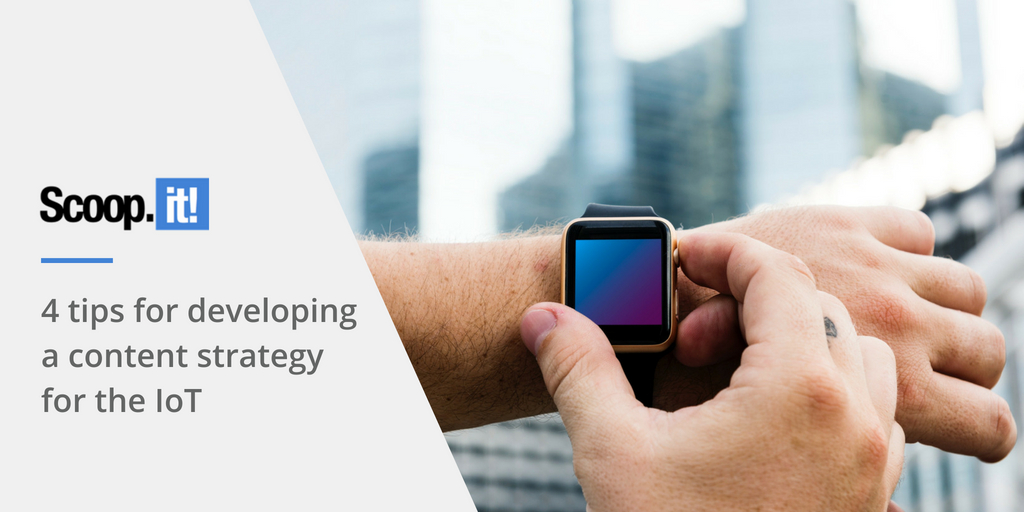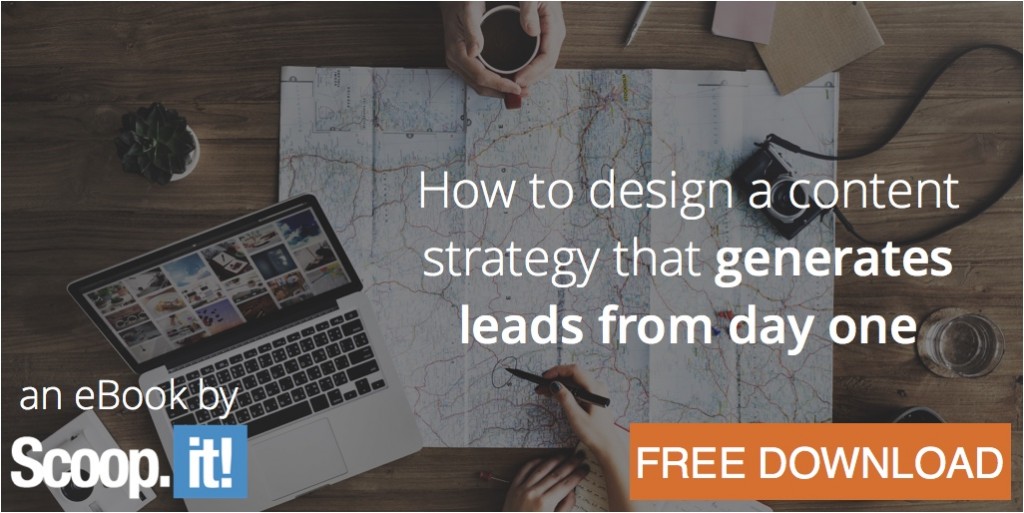
There’s a lot that goes into developing an effective content strategy in today’s world, but if you want to be on the forefront of what’s happening in the marketplace, you have to account for the Internet of Things (IoT). Doing so will allow you stay on top of the latest trends and reach your audience where they are.
Understanding the IoT impact
In the most basic sense of the term, the IoT is built around the notion that any devices with an on/off switch should be able to connect to the internet and interact with any number of other internet-connected devices on the planet.
The IoT has already fundamentally changed the way our society functions – and we’ve only just scratched the surface. There are currently somewhere around 11.2 billion connected devices around the world. By 2020, that number will have exploded to 20.4 billion.
It used to be that only computers, phones, tablets, and a handful of other devices could speak to each other. Today, you have these devices plus refrigerators, washing machines, cars, watches, medical devices, glasses, bathroom mirrors, doorbells, alarm systems, thermostats, air vents, light bulbs, solar panels, door locks, Bluetooth beacons, speakers, TVs, GPS tracking devices, cameras, robots, sleep trackers, and literally hundreds of other devices across dozens of different niches.
The ability for these devices to connect with each other only enhances their functionality. But from a business point of view, they also open up new opportunities for marketing, branding, and customer engagement.
Over the past few years, marketers have become increasingly aware of the importance of mapping the customer journey from discovery to purchase. In fact, a 2016 Econsultancy survey found that 7 out of 10 marketers believe a clearer picture of the customer journey is a massive priority in today’s highly fragmented marketplace.
“The beauty of IoT is that the deployment of internet-enabled sensors could provide marketers with real-time, contextualized data from online and offline touchpoints over a period of time,” says Sean Donnelly, a Senior Research Analyst at Econsultancy. “In this sense, IoT may provide marketers with the final piece of the jigsaw that’s been missing to provide a unified approach to marketing activities, online and offline.”
4 tips for an IoT-worthy content strategy
![]()
In terms of digital marketing, an important responsibility your brand currently has is to develop and execute a content strategy that works with (not against) the proliferation of IoT devices. Let’s take a deeper dive into what this looks like:
1. Collect and use actionable data
A strong content strategy in today’s marketplace starts with a robust data collection strategy that allows your business to understand who your customers are, where they’re spending their time, what they’re looking for, how they’re purchasing, etc.
The challenge with collecting data is that you have to do it in a safe and legal way. You also have to develop methods for sifting, organizing, and storing relevant data that can eventually be acted on.
In most cases, businesses will find it helpful to work with outside partners who can supply data. This data can then be plugged into marketing-specific solutions that provide keen insights and guidance that aligns with your content goals.
2. Pay attention to security
One of the biggest concerns with the IoT is network security. As Cato Networks explains, “Each new IoT endpoint introduced into a network brings a potential entry point for cybercriminals that must be addressed.”
When you look at IoT on a grand scale, the billions of devices sharing trillions of data points creates (in a sense) a long line of dominos. When a domino is toppled (or compromised), the results can quickly become catastrophic.
If they want to stay safe and keep customer data secure, marketers must be aware of the security threats that exist inside and outside of their organizations.
3. Create customized content
One of the beautiful things about the IoT is that it provides so many insights. Specifically, it allows marketers to target customers based on location. The result is a totally novel approach to content creation and dissemination that previously didn’t exist.
“All of a sudden, content marketers can harness the power of app or text messaging to advertise a flash sale or locally based deal that is only available within a certain radius of a store, or better yet, to ‘push’ relevant location-based content depending on where the customer finds themselves,” marketing expert Chris Grundy writes.
Content customization is key in a society where customers are used to personalized attention and results. For smaller brands to be able to deploy highly customized content on a regular basis will only close the gap that exists between them and larger brands.
4. Prioritize experiences
Successful content marketing in the IoT age is all about prioritizing experiences. Instead of reading, watching, or listening to content, you want your readers to feel the content.
“A piece of content that is valuable, entertaining, informative and unique is crucial in offering a unique experience,” marketer Irfran Ahmed Khan says. “Storytelling is not new; more and more brands try out the idea of marketing their products through a brand story or a brand experience, instead of using traditional marketing methods. This trick allows people to feel rather than read, which simply increases the chances of getting more customer engagement.”
As you develop content that’s designed to work with customers throughout their journey from brand awareness to conversion, you need to invest in a consistent, compelling user experience that reveals a strong connection between your brand and positive emotions.
The future of content marketing
The IoT isn’t a trend that will eventually disappear. We are only in the beginning stages of a fundamental shift in which devices are transitioning from isolated pieces of technology to powerful, interconnected solutions that have universal effectiveness and ubiquitous connectivity. Optimizing your content strategy to satisfy this shift will help your brand better understand the customer journey and satisfy pressing pain points with the right product at the right time.



 (1 votes, average: 4.00 out of 5)
(1 votes, average: 4.00 out of 5)
Nice information thanks
very useful post this is.
its nice blog thanks for giving me detail
nice idea